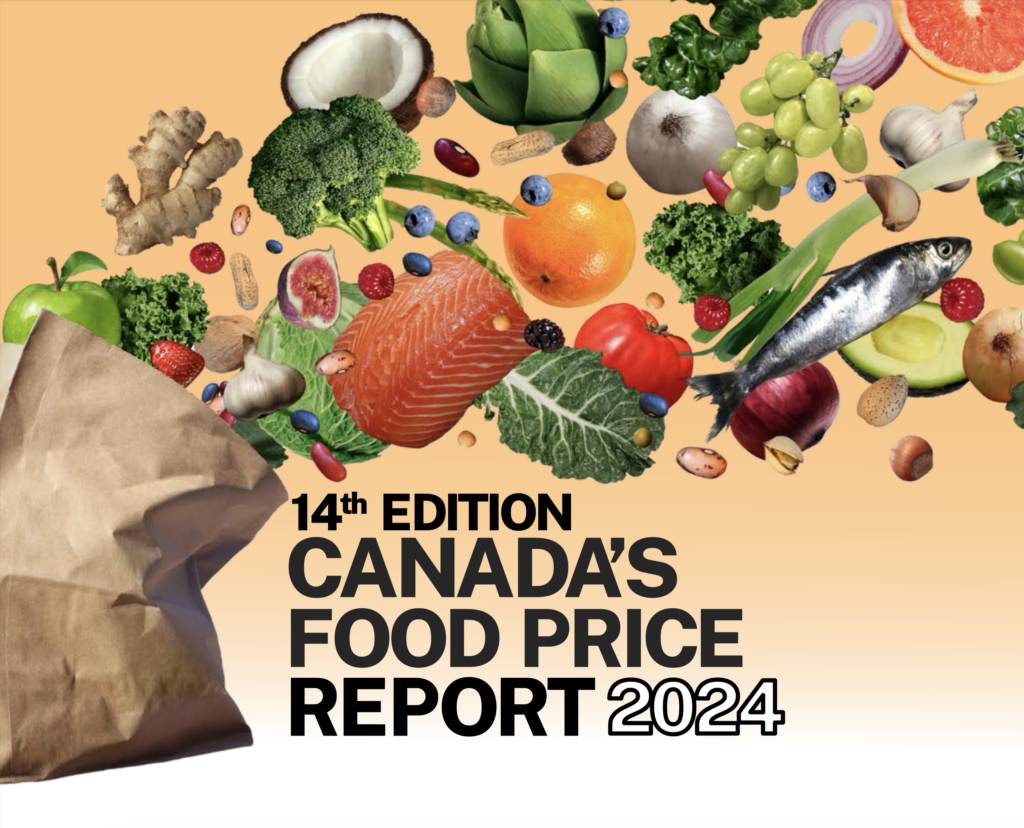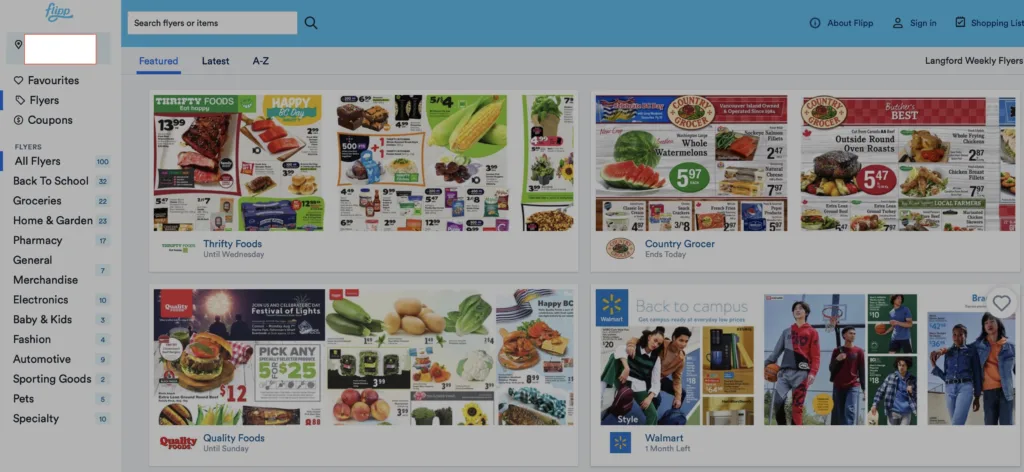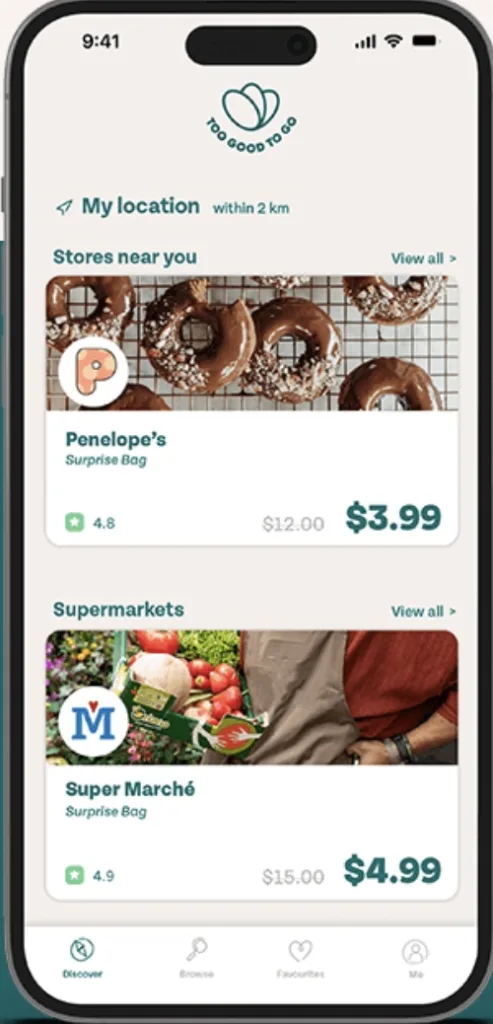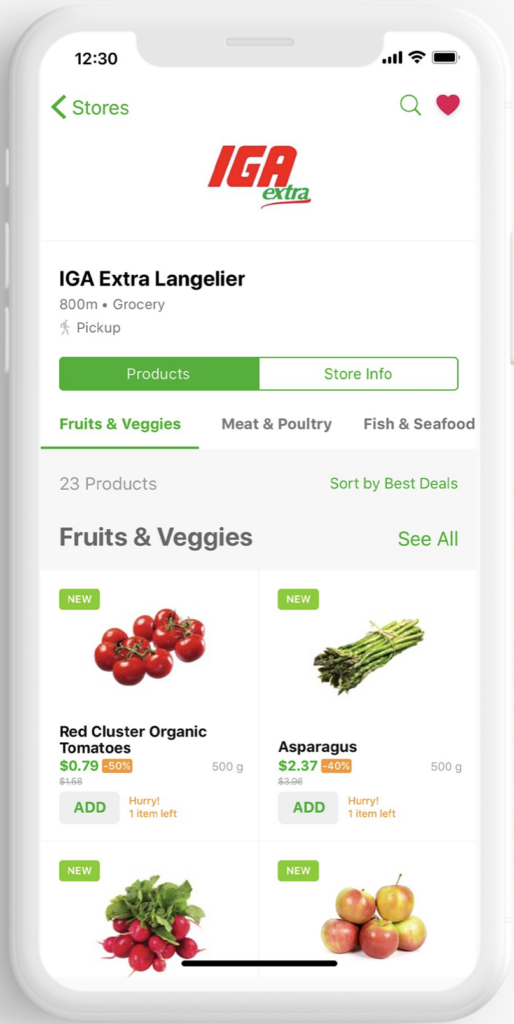Times continue to be tough for many Canadians. One area where you can make a significant impact on your budget is to save on groceries. Groceries are a necessity, but with some smart planning and shopping techniques, you can save a substantial amount without compromising on quality or nutrition. So get started with how to save money on groceries in Canada in this blog post. We’ll explore practical tips, strategies and apps that will help you save in 2024.
Where Food Costs Stand in Canada
Recapping 2023
According to this research report from Dalhousie University, an average Canadian family of four could be spending $16,288.41 just on groceries in 2023. That’s $1357 a month for an average Canadian family. After your housing cost and possibly vehicle costs, this is likely your next biggest cost.
Dalhousie predicted that food prices would increase between 5% and 7% in 2023. If we look back, the latest Consumer Price Index data shows they were right
If we look at food retail sales data it indicated a decline from a monthly spend of $261.24 per capita in August 2022 to a monthly spend of $252.89 per capita in August 2023. In other words, Canadians spent less on food even in the face of rising prices. This is possibly coupled to TransUnion reporting that the average Canadian carried $4,000 in credit card debt and faced higher costs of rent and mortgages.
What to Expect in 2024

| Food Category | Anticipated Change % |
| Bakery | 5% to 7% |
| Dairy | 1% to 3% |
| Fruit | 1% to 3% |
| Meat | 5% to 7% |
| Other | 2% to 4% |
| Restaurants | 3% to 5% |
| Seafood | 3% to 5% |
| Vegetables | 5% to 7% |
| Total Increase in Food Prices | 2.5% to 4.5% |
Using the same demographic of an average family of four, Canadians are likely to spend roughly $16,297.20 on groceries in 2024 for a healthy diet. This is an increase of $701.79 on what was actually spent in 2023.
Food insecurity remains very high amongst Canadians. Food bank usage has increased ~78% since March 2019 and 32% since March 2022.
1. Create a Budget and Stick to It
The first step in saving on groceries is to set a monthly budget. Take some time to evaluate your spending habits and calculate how much you can realistically afford to spend on groceries each month. Be mindful of this budget and make a conscious effort to stick to it when you head to the store. One effective way to track your spending is to use budgeting apps or tools that can help you stay on top of your expenses.
To analyze your spending, we like Intuit’s Mint app — it’s free to use and comes in both a web-based and mobile app.
2. Plan Ahead with Meal Prep
One great way to save on foods costs is meal planning. It both saves time and money. Take some time each week to plan your meals and create a shopping list accordingly. When you know what you need to buy, you’ll be less likely to make impulse purchases and waste food. Consider planning meals around seasonal produce and sales, as these are often more affordable and fresher.
3. Embrace Store Flyers and Coupons
Keep an eye on store flyers and take advantage of sales and discounts. Plan your weekly meals based on the items on sale, and consider buying in bulk when you come across a good deal. Additionally, use coupons wisely to save even more money. You can find coupons in newspapers, online coupon websites, and even on store apps.

Flipp is a great free app that connects consumers with their local flyers and coupons. They claim the average user says $45/week using their apps. If that’s true for you, you’d be saving over $2300/year!
4. Join Rewards and Loyalty Programs
Most grocery stores offer loyalty programs that provide discounts, cashback, or points for future purchases. Sign up for these programs to benefit from exclusive deals and accumulate savings over time. Some stores also have price-matching policies, allowing you to get the best price from a competitor’s flyer without having to visit multiple stores.
We, like many Canadians, show at a Loblaw-owned store. Using their PC Optimum points program, we generally get one very large weekly grocery free roughly every year. It might not seem much, but when you’re spending $300+ a week on groceries, it’s a welcome bonus! After 18-months of collecting PC points, we had a balance of $420 for free groceries for our family of three.
5. Buy Generic and Store Brands
Often, generic or store-brand products are just as good as their name-brand counterparts but come at a lower price. Give them a try and see if you notice any significant differences in quality. For non-perishable items, buying in bulk from wholesale stores can also be a cost-effective option.
6. Shop at the Dollar Store!
Dollarama has been making headlines because many of their non-perishable food items are around 50% cheaper than the major food retailers. Think pasta, canned soups, cereal, tuna, etc.
One Redditor posted that Italpasta spaghetti was $2.19 at Lowlaw, whilst only $1 at Dollarama.
7. Shop Online for Convenience and Savings
With the rise of online grocery shopping, you can compare prices easily and avoid the temptation of impulse buying. Look for online deals, promotional codes, and free delivery options that can help you save on both groceries and gas money.
Another huge advantage with shopping online is that you generally buy only what you intend to buy. There’s no chocolate bars next to the checkout button to tempt you. There’s no cheeky display of cookies at the end of each aisle.
8. Utilize Discount Programs
If you’re a student, a senior citizen, or part of any other eligible group, find out if there are discount programs available that can help you save on groceries. Some stores offer special discounts to specific demographics.
9. Opt for Local and Seasonal Produce
Locally sourced and seasonal produce is often fresher and less expensive than out-of-season items. Visit farmers’ markets or join a community-supported agriculture (CSA) program to get access to fresh, local produce at affordable prices.
One interesting thing we’ve found about local produce is that it often lasts quite a bit longer than stuff that’s been trucked or flown in. This can often offset the additional cost as you’re less likely to waste the food items because they went bad quickly!
10. Brown Bag It
It sounds obvious, but lots of us are guilty of it: not packing lunch for work or school.
When eating at a fast food restaurant can easily cost $15/person/day these days, that adds up: over $300/month that could be better used elsewhere. This is a quick and simple way to save on food costs and keep $3600/year!
11. Grow Your Own to Save on Groceries
Even with just a balcony you might be able to grow enough herbs and tomatoes to last you through the summer. If you have more space, containers or raised beds help defray your grocery expenses. Just make sure you don’t end up spending more building a garden than the product would have cost in the first place!
12. Go Meatless to Save Money on Food
You do not have to fully embrace being a vegetarian or vegan to save some money and potentially even improve your health. It’s no surprise that meat is one of the most expensive things in your shopping bag. Going meatless in your meals one or two days a week can yield significant savings over the month.
Look for recipes that still pack a punch in terms of nutrition, especially protein. Some of our favourites are cauliflower and chickpea curry, black bean burritos, and tomato and zucchini pasta.
13. Beware of the Wholesale Clubs
It might seem like a smart idea to visit a wholesale club such as Costco for groceries. But be warned: sometimes that plan backfires! If you are buying perishable items, you may well find they go bad before you have a chance to use them. There is also the overhead of buying and maintaining a membership to consider.
14. Utilize Apps to Save Money on Food in Canada
Food waste is a huge problem in Canada. In fact, food waste in Canada is a bigger problem than most of the world with nearly 60% of food being wasted between harvest/manufacture and the end consumer.

Apps like Too Good to Go try to reduce food waste by pairing consumers directly with local businesses that would have traditionally thrown away food at the end of the day, such as restaurants and bakeries. The consumer hopefully gets a deal and the business reduces food waste.

The FoodHero app (iOS and Android) also tries to reduce food waste by connecting you to a local supermarket through geolocation. They claim discounts of between 25% and 60% by offering food that’s in surplus at local retailers. You can also sign up for alerts on deals.

The Supercook app (available for Android and iOS) allows you to enter a list of ingredients you have left in the fridge and pantry, and generate recipes that you can make with them. Very useful for when you’re getting near the end of your shopping cycle and a great way to use up what you already have.
15. Look At The Cost Per Gram Or mL
Grocers and manufacturers often try to make it seem like you’re getting better value for money than you actually are. Comparison shop between items and look at the actual cost per gram or mL to weed through some of the deceptive marketing tactics. You can also use this technique to decide whether or not stocking up on 1.5L bottles of ketchup to save is really worth it or not!
16. Shop at the end of the Day
Staples such as meat, vegetables, fruits, and baked goods are often marked down towards the end of the day as they reach their best.
Wrapping Up How To Save Money on Food
Saving money on groceries doesn’t have to be a daunting task. With careful planning, budgeting, and a bit of effort, Canadians can save on food costs expenses without sacrificing the quality of their meals. By adopting these money-saving strategies, you’ll not only see a positive impact on your wallet but also develop mindful shopping habits that benefit your overall financial well-being. We hope you manage to save money on food costs in Canada with these tips!

